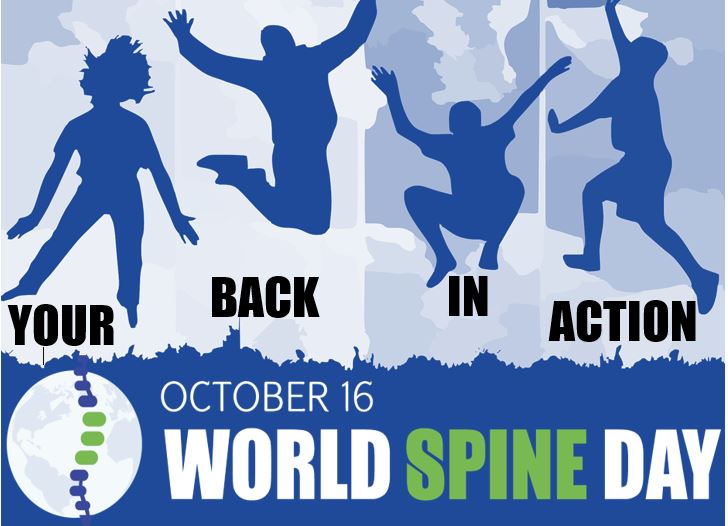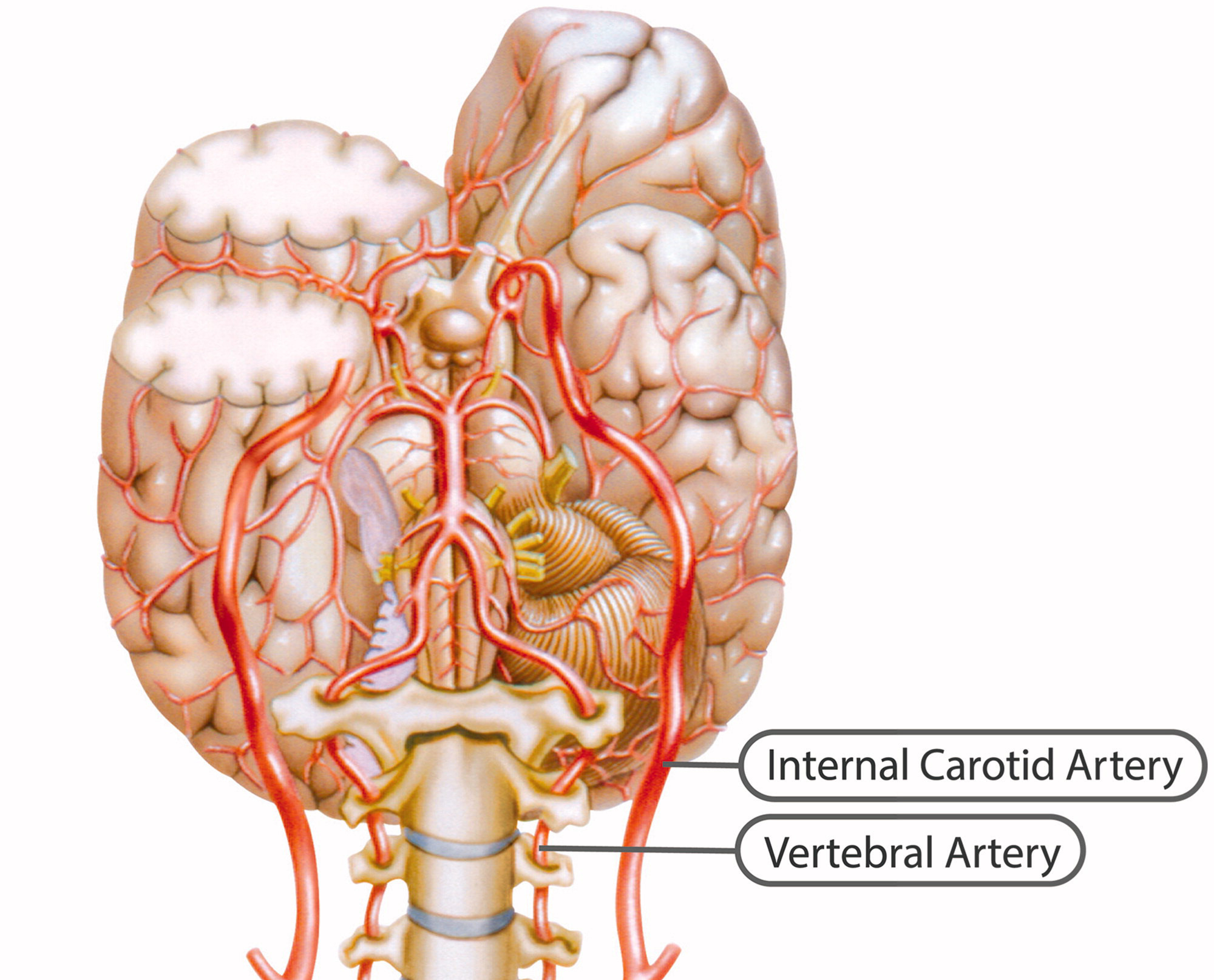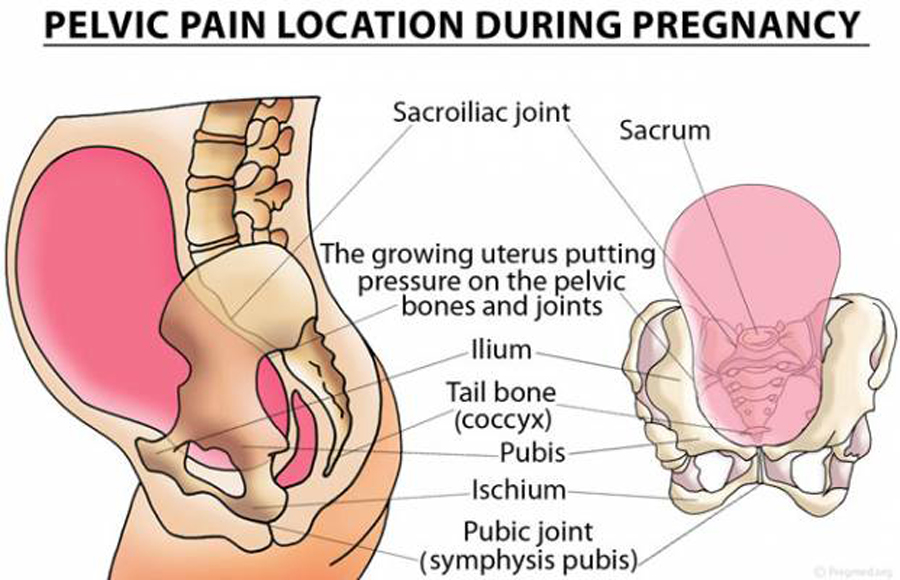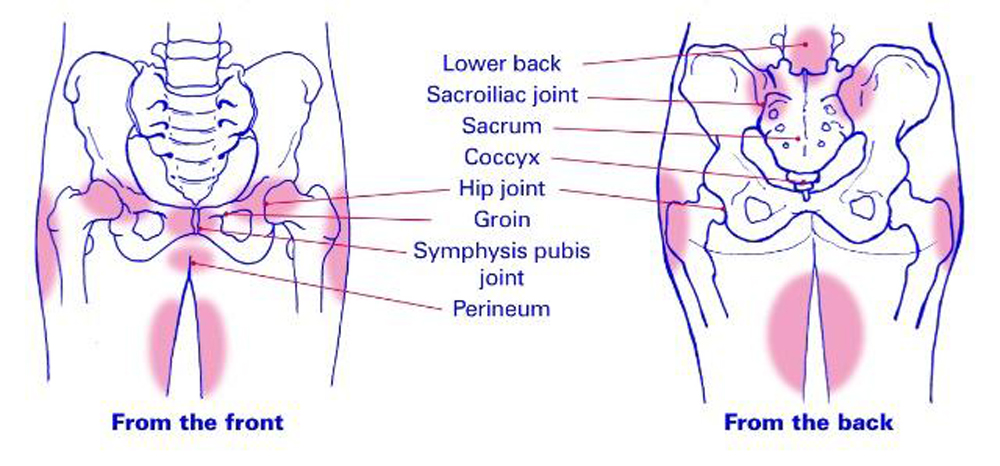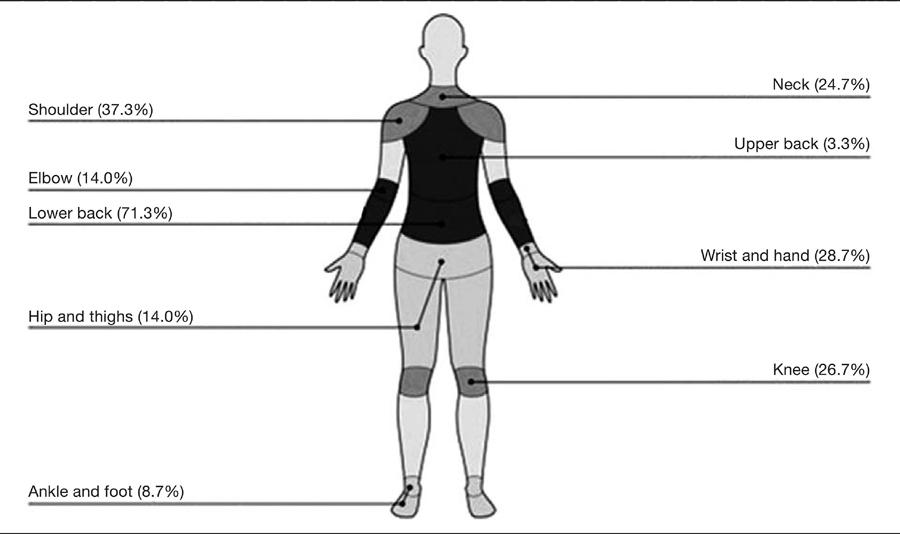Characteristics of Chiropractic Patients Being Treated
Characteristics of Chiropractic Patients Being Treated for Chronic Low Back and Neck Pain
SOURCE: J Manipulative Physiol Ther. 2018 (Aug 15) [Epub]
Scott Haldeman, Claire D. Johnson, Roger Chou, Margareta Nordin, Pierre Côté, Eric L. Hurwitz, Bart N. Green, Christine Cedraschi et. al.
RAND Corporation,
Santa Monica, California.
OBJECTIVES: Chronic low back pain (CLBP) and chronic neck pain (CNP) are the most common types of chronic pain, and chiropractic spinal manipulation is a common nonpharmacologic treatment. This study presents the characteristics of a large United States sample of chiropractic patients with CLBP and CNP.
METHODS: Data were collected from chiropractic patients using multistage systematic stratified sampling with 4 sampling levels: regions and states, sites (ie, metropolitan areas), providers and clinics, and patients. The sites and regions were San Diego, California; Tampa, Florida; Minneapolis, Minnesota; Seneca Falls and Upstate New York; Portland, Oregon; and Dallas, Texas. Data were collected from patients through an iPad-based prescreening questionnaire in the clinic and emailed links to full screening and baseline online questionnaires. The goal was 20 providers or clinics and 7 patients with CLBP and 7 with CNP from each clinic.
RESULTS: We had 6342 patients at 125 clinics complete the prescreening questionnaire, 3333 patients start the full screening questionnaire, and 2024 eligible patients completed the baseline questionnaire: 518 with CLBP only, 347 with CNP only, and 1159 with both. In general, most of this sample were highly-educated, non-Hispanic, white females with at least partial insurance coverage for chiropractic care who have been in pain and using chiropractic care for years. Over 90% reported high satisfaction with their care, few used narcotics, and avoiding surgery was the most important reason they chose chiropractic care.
There are more articles like this @ our:
Chronic Neck Pain and Chiropractic
and the:


